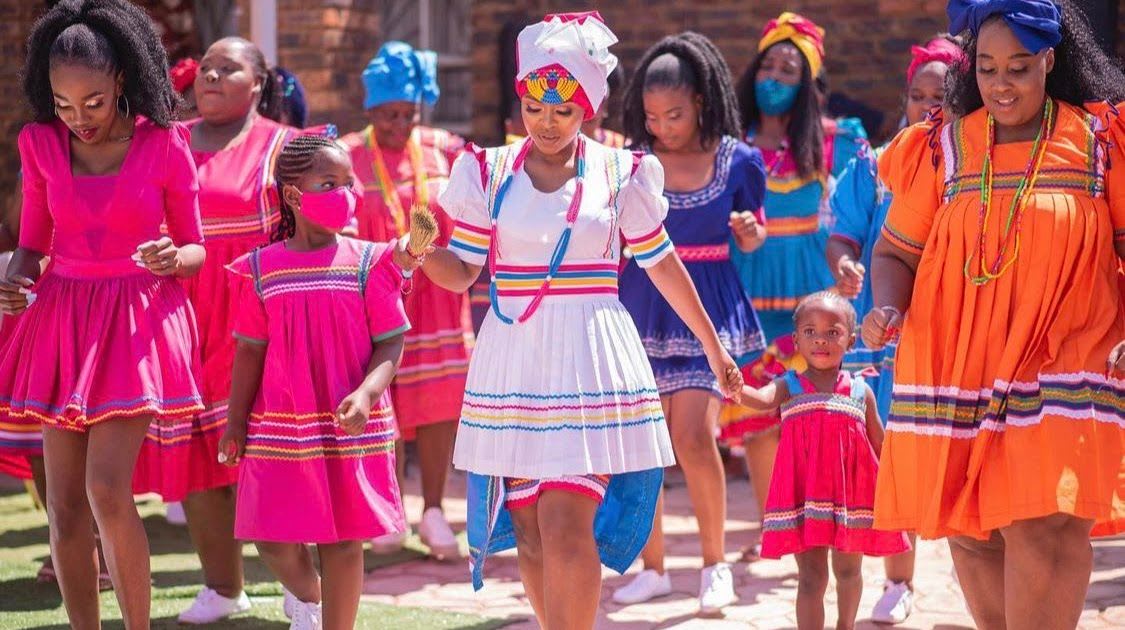In African culture, kinship is two-sided – it can be established either through bloodline or totems, and both are equally as important. A totem is a spirit, sacred object, symbol or emblem of a group of people, such as a family, clan, lineage or tribe, that has special significance in tribal life.
The concept of using totems demonstrates the close relationship between humans, animals and the lived environment. Anthropologists believe that totem use was a universal phenomenon among early societies. Pre-Industrial communities had some form of totem that was associated with spirits, religion and the success of community members. Early documented forms of totems in Europe can be traced to the Roman Empire, where symbols were used as coats of arms, a practice which continues today.
In African culture, the extended family is made-up of intricate kinship, with parents, children, uncles, aunts, nieces, nephews, brothers and sisters regarding each other as closely related. The word “cousin” does not exist in sub-Saharan languages/dialects, and kinship ends at the nephew and niece level.
On a father’s side, however – which is considered more important as most African communities are traditionally patrilineal societies – there is the actual father as well as big and small fathers, brothers and sisters. On the maternal side there are uncles, younger and older mothers, nephews and nieces. Totems then play the role of protecting against taboos such as incest among people with similar totems.
According to Sibusiso Mohadi, a teacher in Nelspruit, South Africa, “It is believed that totem animals protect the tribe in all difficult situations and during hard times. They help in keeping their tribes in bonds of unity and bestow dignity on the tribe as a whole. They also help in maintaining consciousness and kinship. Totem animals are considered to be the starting point of the lives of their respective tribes.”
In Africa, chiefs decorate their stools and other court items with their personal totems, or with those of the tribe or the clans making up the larger community. It is the duty of each member to protect and defend the totem. This obligation ranges from not harming the animal or plant, to collectively feeding, rescuing or caring for it as needed.
Selemo Moremi, a retiree from the village of Serowe in Botswana, affirms this, “Totems are very important in our African culture. African tales are told of how men became heroes for rescuing their totems. This has continued in some African societies where totems are treasured and preserved for the community’s good. Growing up we were even taught that one can actually die from so much as tasting the meat of their totem animal.”
The practice of protecting and/or caring for totems has also been described as a traditional environmental conservation method besides its role in kinship. Due to cultural associations and taboos, totems are protected against harm by their respective tribes, conserving species diversity and ecosystem diversity. For instance, over 100 plant and animal species are considered totems among the Batooro (omuziro), Banyoro and Baganda tribes in Uganda. A similar number of species are considered totems among tribes in Congo (DRC) and the Central African Republic (CAR).
Those who share the same totem regard each other as related even though they are not blood relatives. Through totem use, one can practically establish some form of kinship with anyone else in the region. Establishing relationships this way makes it easier for a traveler or stranger to find social support wherever they go in Africa.
Leave a Comment
Sign in or become a Africa Rebirth. Unearthing Africa’s Past. Empowering Its Future member to join the conversation.
Just enter your email below to get a log in link.


Related News
Decoding Nsibidi: The Visual Writing System of the Ekpe Secret Society
Aug 09, 2025
Matrilineal and Matriarchal Societies in Africa Today
Aug 09, 2025
How Ancient Mombasa Became the Gateway of African Commerce
May 31, 2025